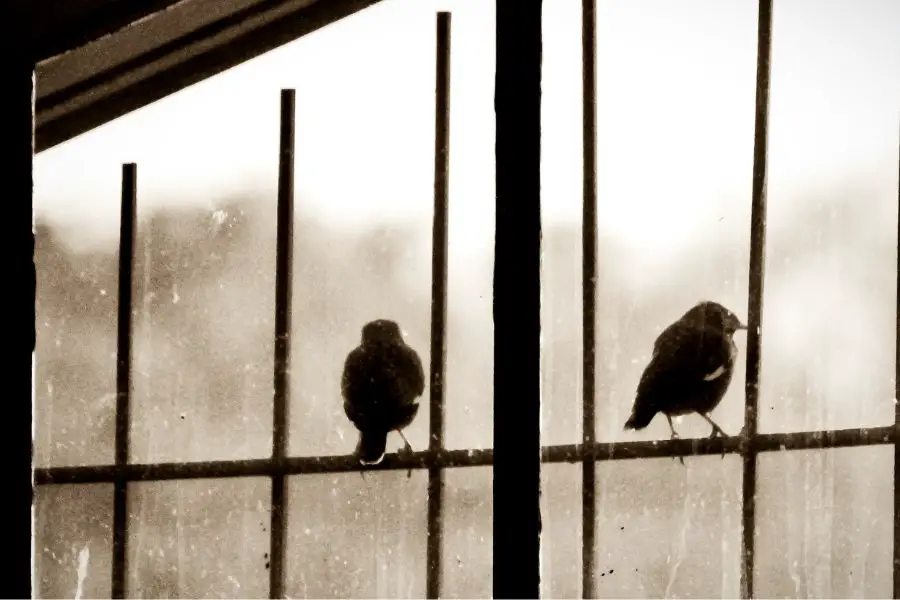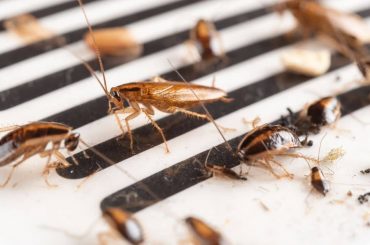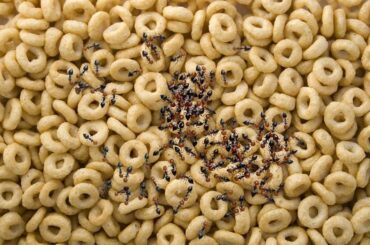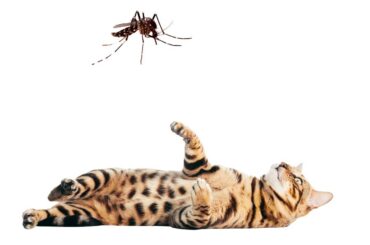That loud thump of a bird colliding into your window can be alarming. While your first reaction may be to blame the dim-witted bird, science says these window crashes aren’t just random bird blunders. There are clear reasons why “Birds Attacking Windows” and proven techniques to deter them.

Let’s take a look at what’s going on inside those bird brains to cause them to have such fatal attractions to our windows. Then we’ll explore effective solutions to prevent these unfortunate incidents.
Why Birds Fly Into Windows
Birds don’t see clear glass as a barrier in their flight path. Here are the main reasons why windows trick birds into dangerous collisions:
Reflections Look Like Reality
Windows can reflect trees, skies, and other inviting habitats that birds naturally want to fly into. The reflected images don’t register to them as mere illusions. So birds see reflections as logical places to approach or land.
Transparency Conceals the Barrier
To birds, transparent glass is invisible. They don’t realize there’s a solid surface blocking their path until it’s too late. So they smash headlong into windows rather than seeing them as obstacles to avoid.
Lighting Draws Them In
Birds naturally follow light sources to navigate and find food. Light passing through windows mimics natural light cues that attract them. Interior house lights also pull in birds at night when the indoors glows brighter than the outdoors.
They See It As a Safe Exit Route
Birds frequently get trapped inside structures and frantically look for a way out. Seeing light and sky reflections, they head full speed towards windows hoping for an escape, only to crash into the glass barrier.
Now that we know what makes birds prone to window mishaps, let’s look at solutions.
Temporary Window Treatments To Deter Birds
If you notice occasional bird strikes, there are some simple, temporary fixes you can try:
Use Window Decals and Tape
Apply decals with hawks, owls, or other raptors, or tape up found objects like feathers, cardboard, or aluminum foil. The movement and reflections deter bird approaches.
Install UV Liquid Window Coatings
UV-reflecting liquid applied to windows is invisible to humans but glows like a stop signal for birds. It blocks reflections and signals the glass barrier.
Close Blinds and Curtains
Eliminate reflections by shutting blinds or drawing curtains. This also decreases glass transparency and blocks interior lighting lures.
Turn Off Interior Lights at Night
Use window treatments or light control systems so interior lights aren’t shining through at night. This prevents drawing in birds during migration seasons.
While quick and convenient, most temporary solutions need frequent replacing or reapplying to stay effective. For a long-term fix, consider permanent window alterations.
Permanent Window Treatments for Bird Safety
If you’re committed to making your windows permanently bird-safe, some good options include:
Install External Window Screens
Mesh screens mounted on the exterior create a visible barrier and cut reflections while still allowing you to see outside.
Apply Window Film in Patterns
Undetectable to humans but visible to birds, specialty window films like FeatherFriendly dot patterns on glass to warn birds away.
Incorporate Fritted Glass
Glass etched with frosted or dotted patterns refracts and diffuses light to prevent reflections while maintaining transparency.
Use Angled Glass Panels
Tilted glass panels at corners or bisections alter reflective angles to reduce collisions. The panels also make depth and barriers more apparent.
Landscape With Care
Avoid placing bird tempting plants like fruit trees or dense shrubs directly against reflective glass surfaces. Strategic planting reduces attraction.
Alert Authorities About Problem Areas
If collisions happen at a commercial building, inform the property manager. They may be unaware of the issue and willing to take action, especially with liability concerns.
You can also notify wildlife groups about known trouble spots. This helps track hazardous collision trends and motivates public awareness campaigns.
A Team Effort for Bird Safety
Humans and birds coexist in shared habitats. While we can’t explain glass hazards to our avian neighbors, using window treatments that protect birds also makes structures more energy-efficient for us. Through cooperation across communities, we can prevent needless bird tragedies while improving sustainability.
With some thoughtful modifications, our windows don’t have to be invisible pains in the glass for feathery friends. Let’s give birds a fighting chance so their flights stay beautiful and free!
How to Get Ants Out of Cereal: Unwanted Cereal Crashers
How To Keep Birds Off Boat: A Guide for Pest-Free Boating





